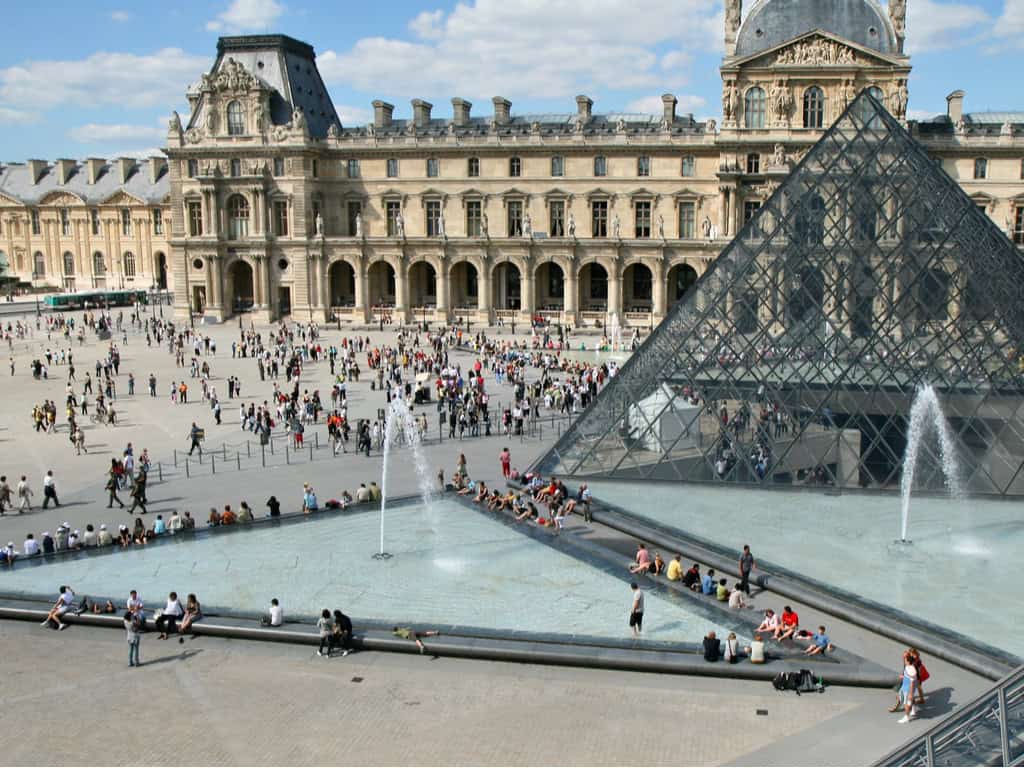The Louvre Museum is one of the world’s most renowned art galleries, located in the heart of Paris, France. It is home to some of the most iconic and celebrated works of art in the world, including the Mona Lisa, Venus de Milo, and the Winged Victory of Samothrace.
The Louvre Museum was originally built as a fortress in the late 12th century, and was later converted into a royal palace in the 16th century. It was opened to the public as a museum in 1793, and has since become one of the most visited museums in the world.
The Louvre Museum houses an impressive collection of over 35,000 works of art, spanning from the Middle Ages to the 19th century. Among the most famous works of art in the Louvre are the Mona Lisa, painted by Leonardo da Vinci in the early 16th century; the Venus de Milo, a marble sculpture of the Greek goddess Aphrodite; and the Winged Victory of Samothrace, a marble sculpture of the Greek goddess Nike.
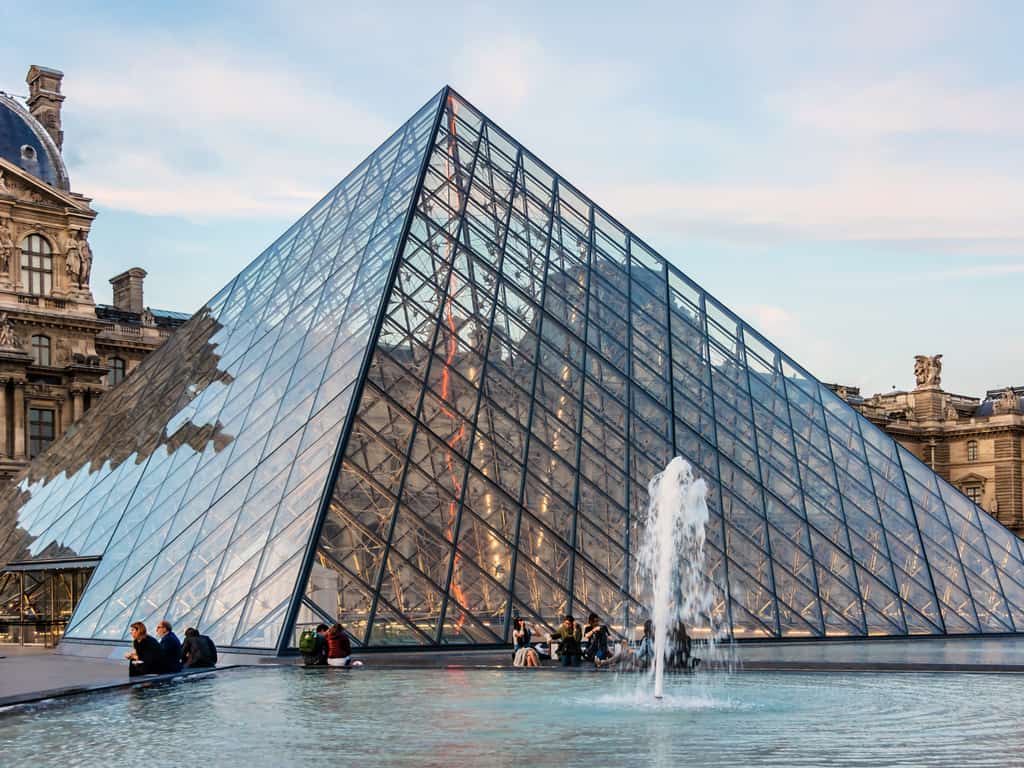 Kiev.Victor/Shutterstock.com
Kiev.Victor/Shutterstock.comContents
A Guide to the Louvre Museum’s Most Famous Artworks
The Louvre Museum in Paris is home to some of the world’s most famous and iconic artworks. From the ancient Greek sculptures of the Venus de Milo to the Renaissance masterpieces of Leonardo da Vinci, the Louvre is a treasure trove of art history. Here is a guide to some of the museum’s most famous artworks.
The Mona Lisa is one of the most recognizable paintings in the world. Painted by Leonardo da Vinci in the early 16th century, the Mona Lisa is a portrait of a woman with an enigmatic smile. The painting is renowned for its use of light and shadow, and its mysterious subject has been the subject of much speculation.
The Winged Victory of Samothrace is a marble sculpture of the Greek goddess Nike. The sculpture dates back to the 2nd century BC and is one of the most celebrated sculptures in the Louvre. The sculpture is renowned for its graceful lines and its sense of movement.
The Venus de Milo is an ancient Greek sculpture of the goddess Aphrodite. The sculpture dates back to the 2nd century BC and is renowned for its beauty and grace. The sculpture is missing its arms, but its serene expression and graceful form make it one of the most iconic sculptures in the Louvre.
The Raft of the Medusa is a painting by Théodore Géricault. The painting depicts a scene from a real-life shipwreck in which the survivors were stranded on a raft for 13 days. The painting is renowned for its dramatic composition and its emotional power.
The Coronation of Napoleon is a painting by Jacques-Louis David. The painting depicts the coronation of Napoleon Bonaparte as Emperor of France in 1804. The painting is renowned for its grand scale and its detailed depiction of the event.
The Louvre is home to many other famous artworks, including the Wedding Feast at Cana by Paolo Veronese, the Liberty Leading the People by Eugène Delacroix, and the Death of Socrates by Jacques-Louis David. The Louvre is a must-see for any art lover, and these famous artworks are just a few of the many treasures that await visitors.
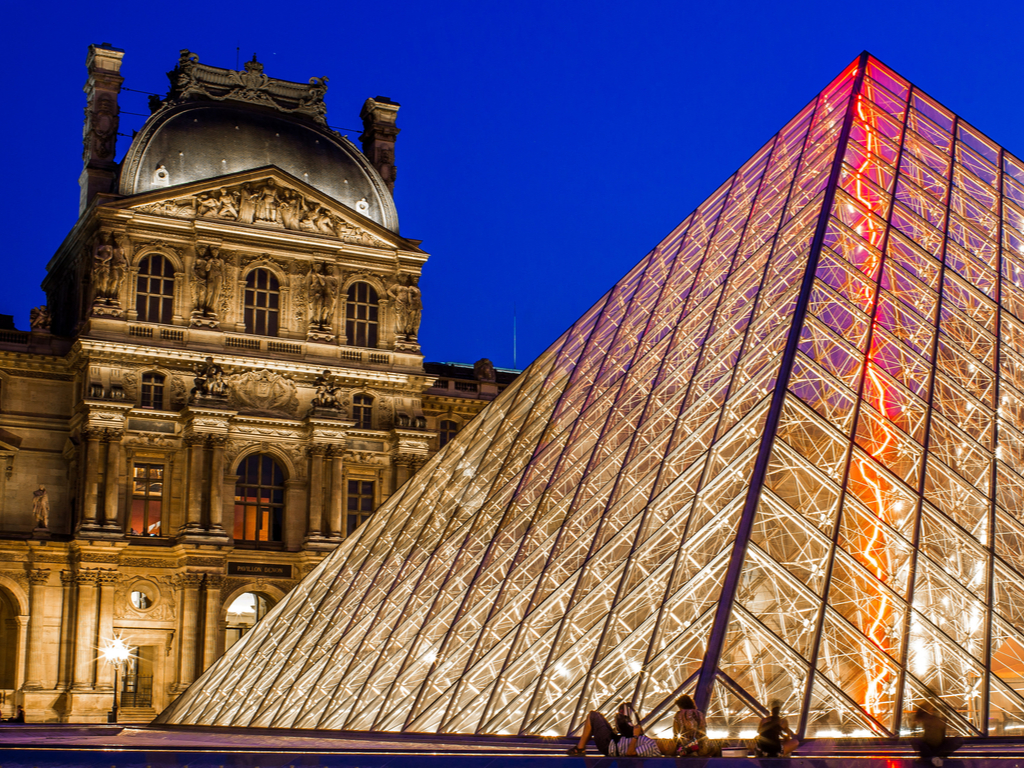 yari2000/Shutterstock.com
yari2000/Shutterstock.comThe History and Significance of the Louvre Museum
The Louvre Museum is one of the most iconic and renowned museums in the world. Located in the heart of Paris, France, the Louvre is home to some of the most famous works of art in the world, including the Mona Lisa and the Venus de Milo. The museum has a long and storied history, and its significance to the world of art and culture is undeniable.
The Louvre was originally built as a fortress in the late 12th century, and it served as a royal palace for centuries. In the late 16th century, King Francis I began to transform the palace into a museum, and it officially opened to the public in 1793. Since then, the Louvre has become one of the most visited museums in the world, with over 10 million visitors each year.
The Louvre is home to an impressive collection of art and artifacts from around the world. The museum houses over 35,000 works of art, ranging from ancient Egyptian artifacts to Renaissance masterpieces. The museum also houses a large collection of sculptures, coins, and other artifacts from various cultures and time periods.
The Louvre is also renowned for its architecture. The museum is housed in a large complex of buildings, including the iconic glass pyramid designed by Chinese-American architect I.M. Pei. The pyramid is a symbol of the Louvre and has become a popular tourist attraction in its own right.
The Louvre is a symbol of the importance of art and culture in our society. It is a place where people from all over the world can come to appreciate and learn about the history and significance of art. The museum is also a testament to the power of human creativity and ingenuity, and it serves as a reminder of the importance of preserving our cultural heritage.
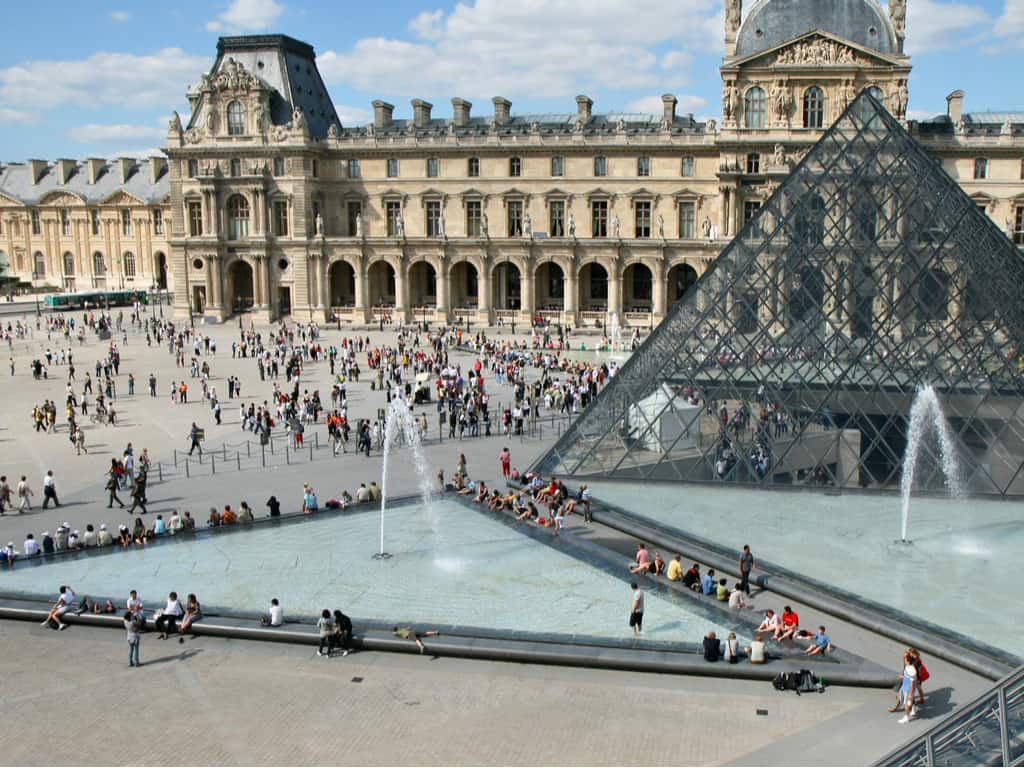 Aertman/Shutterstock.com
Aertman/Shutterstock.comTips for Planning a Visit to the Louvre Museum
Purchase tickets in advance: The Louvre Museum is one of the most popular tourist attractions in Paris, and tickets can sell out quickly. To avoid disappointment, it is best to purchase tickets online in advance.
Plan your visit: The Louvre Museum is huge, and it can be overwhelming to try to see everything in one visit. Before you go, research the museum and decide which pieces you would like to see.
Arrive early: The Louvre Museum opens at 9:00 am, and it is best to arrive as early as possible to avoid the crowds.
Wear comfortable shoes: The Louvre Museum is huge, and you will be doing a lot of walking. Wear comfortable shoes to ensure that you can explore the museum without getting tired.
Bring a map: The Louvre Museum is divided into sections, and it can be difficult to find your way around. Bring a map to help you navigate the museum.
Take a break: The Louvre Museum is huge, and it can be exhausting to try to see everything in one day. Take a break to rest and recharge before continuing your exploration.
Bring a camera: The Louvre Museum is home to some of the world’s most famous works of art. Bring a camera to capture the beauty of the museum.
Follow the rules: The Louvre Museum has strict rules about photography and touching the artwork. Be sure to follow the rules to ensure that you have a pleasant visit.
Costs and Tickets
| Ticket Type | Price |
|---|---|
| Standard Adult Ticket | €17 |
| Standard Youth Ticket | Free (under 18) |
| Standard EU Citizens | Free (18-25) |
| Standard Disabled Ticket | €9 |
| Audio Guide | €5 |
| Guided Tour | €12-€19 per person |
| Private Tour | €190-€250 per group (max. 9 people) |
It’s worth noting that the prices listed here are current as of 2023, but they are subject to change. Additionally, there may be discounts available for certain groups or special exhibitions, so it’s always a good idea to check the Louvre’s website for the most up-to-date pricing information.
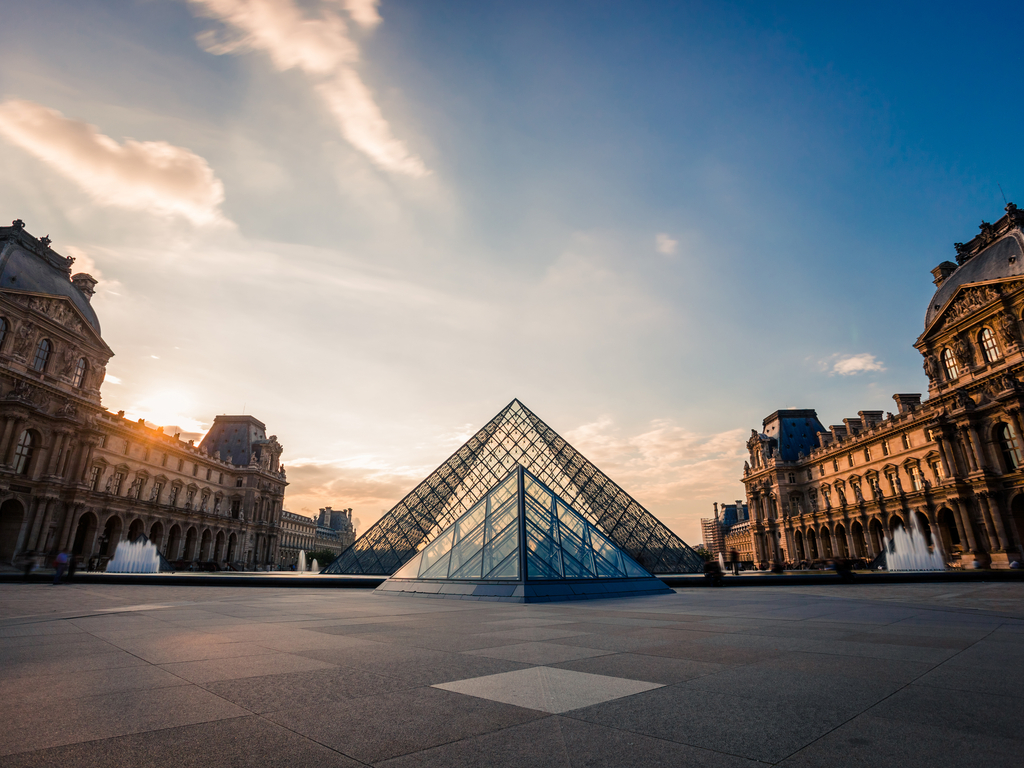 Sergii Molchenko/Shutterstock.com
Sergii Molchenko/Shutterstock.comAn Overview of the Louvre Museum’s Special Exhibitions and Events
The Louvre Museum is one of the world’s most renowned art museums, located in the heart of Paris, France. It is home to some of the world’s most iconic works of art, including the Mona Lisa and the Venus de Milo. In addition to its permanent collection, the Louvre also hosts a variety of special exhibitions and events throughout the year.
The Louvre’s special exhibitions are often dedicated to a particular artist, movement, or theme. These exhibitions are typically held in the museum’s Richelieu wing, and feature works from the Louvre’s permanent collection as well as loans from other museums and private collections. Recent exhibitions have included “The Great War and the Arts”, “The Age of Rembrandt”, and “The Art of the Islamic World”.
The Louvre also hosts a variety of events throughout the year. These events range from lectures and seminars to concerts and film screenings. The museum also hosts a variety of educational programs for children and adults, including guided tours, workshops, and interactive activities.
The Louvre also offers a variety of special discounts and promotions throughout the year. These include discounts for students, seniors, and members of the military, as well as discounts for groups of 10 or more.
The Louvre Museum is a must-see destination for art lovers from around the world. Its special exhibitions and events provide visitors with an opportunity to explore the museum’s vast collection in new and exciting ways.


